21.10.2018
Zur Internationalen Mond Nacht stellen wir hier unsere Aufnahmen der letzten Beobachtungsnächte vor:
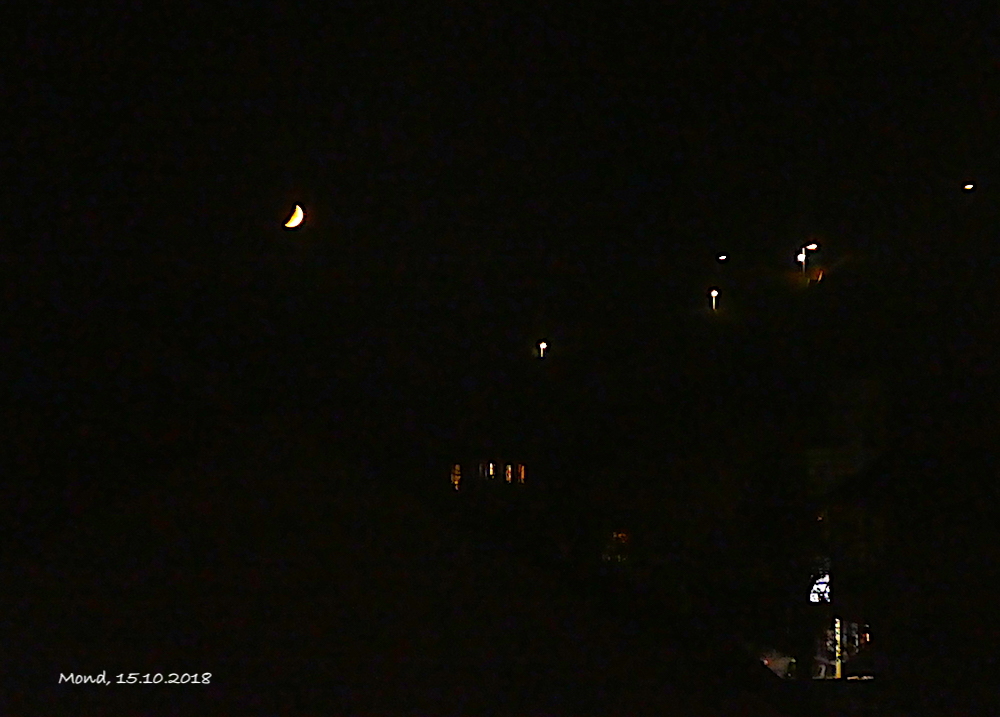
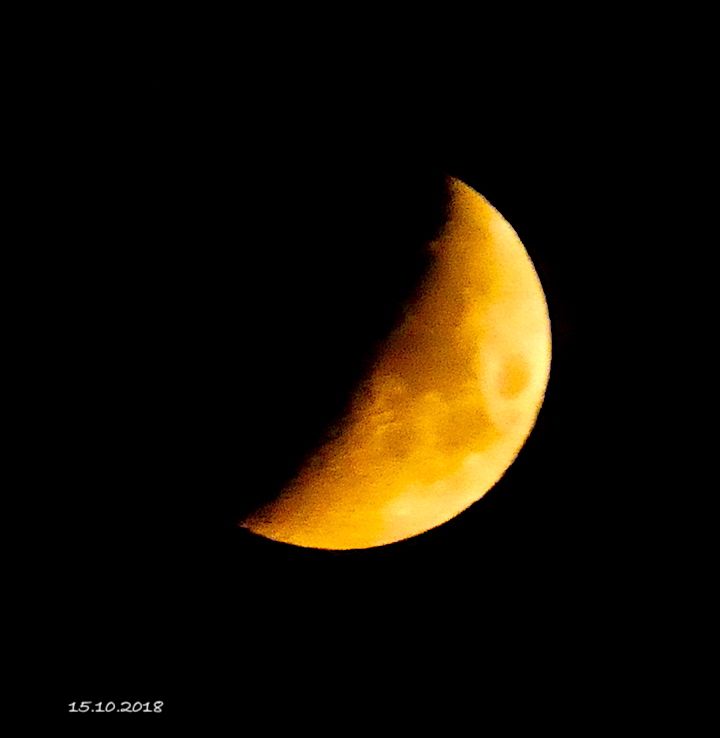
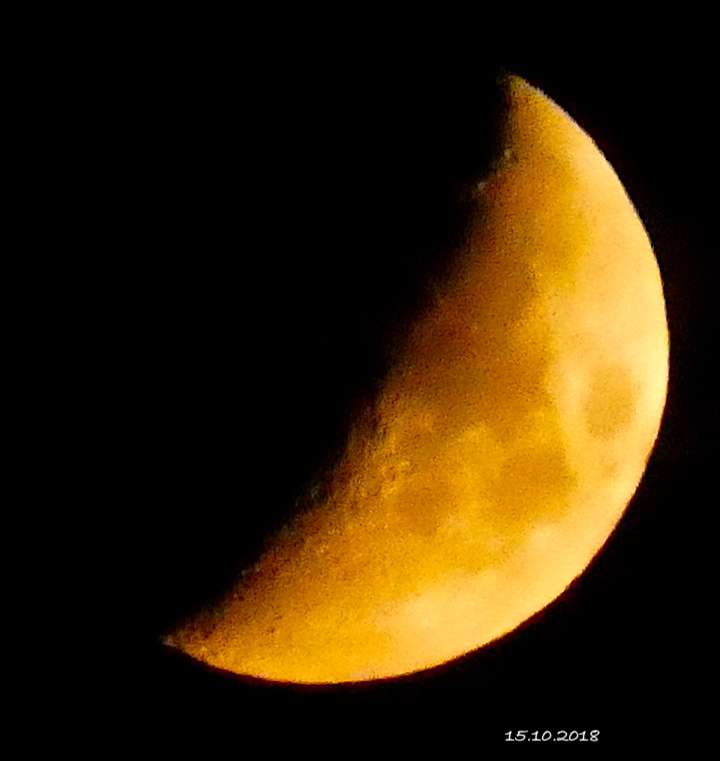
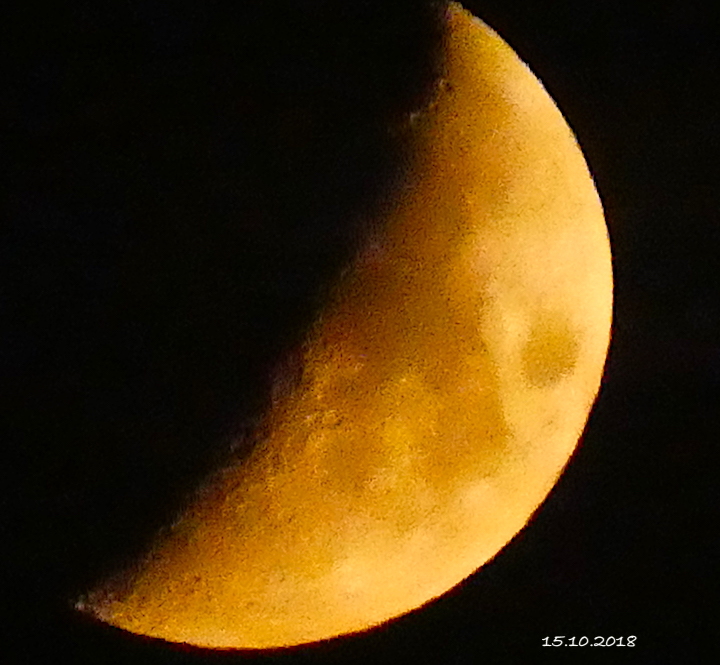
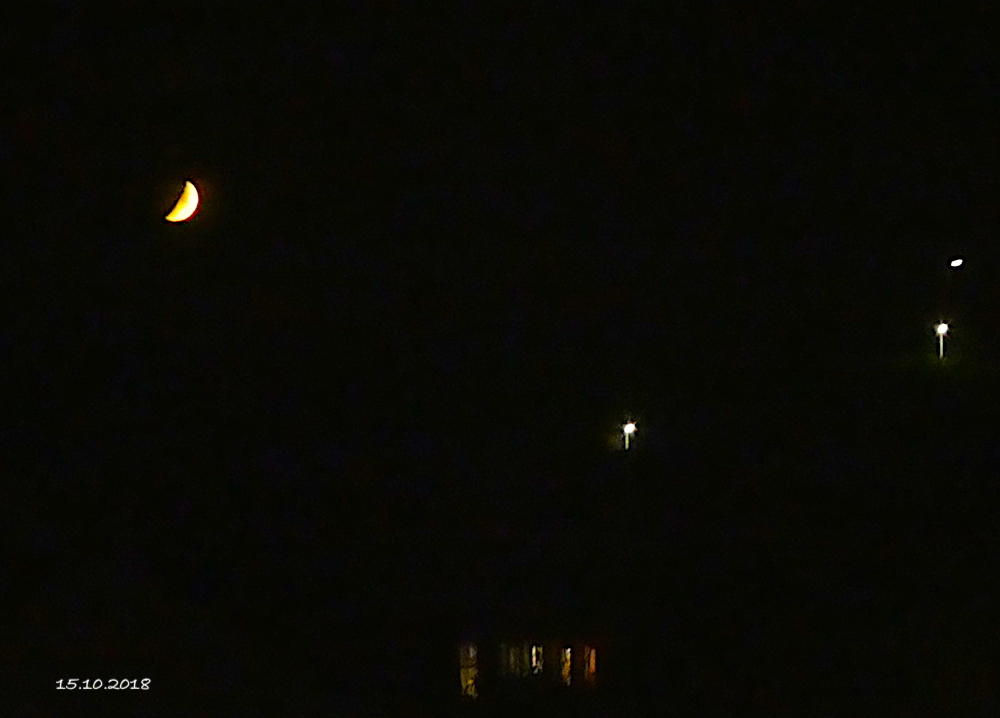
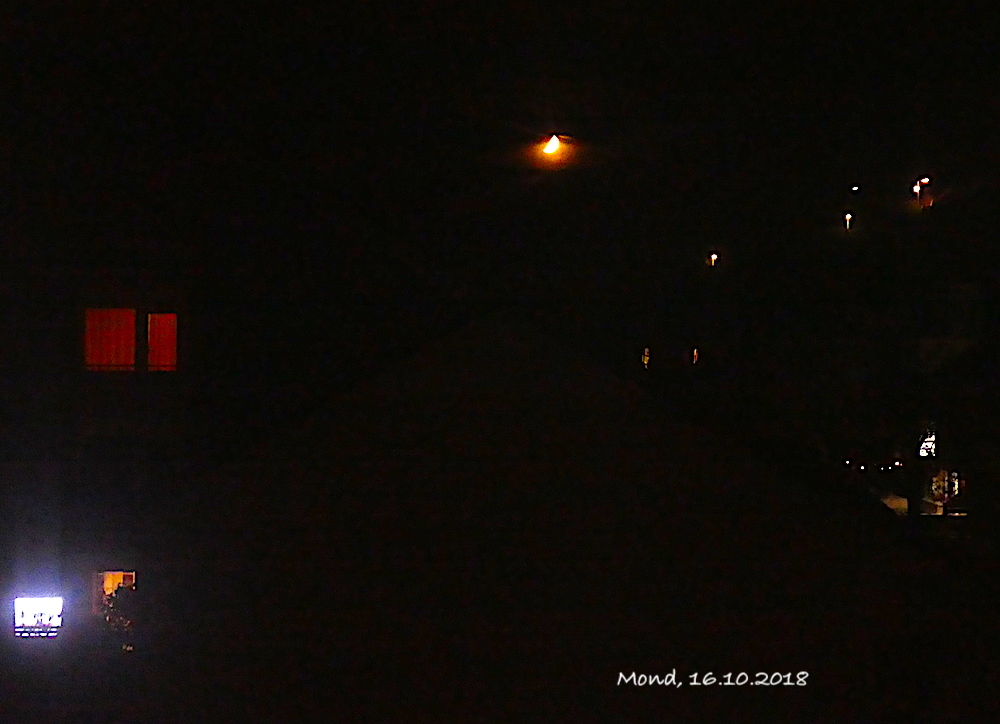
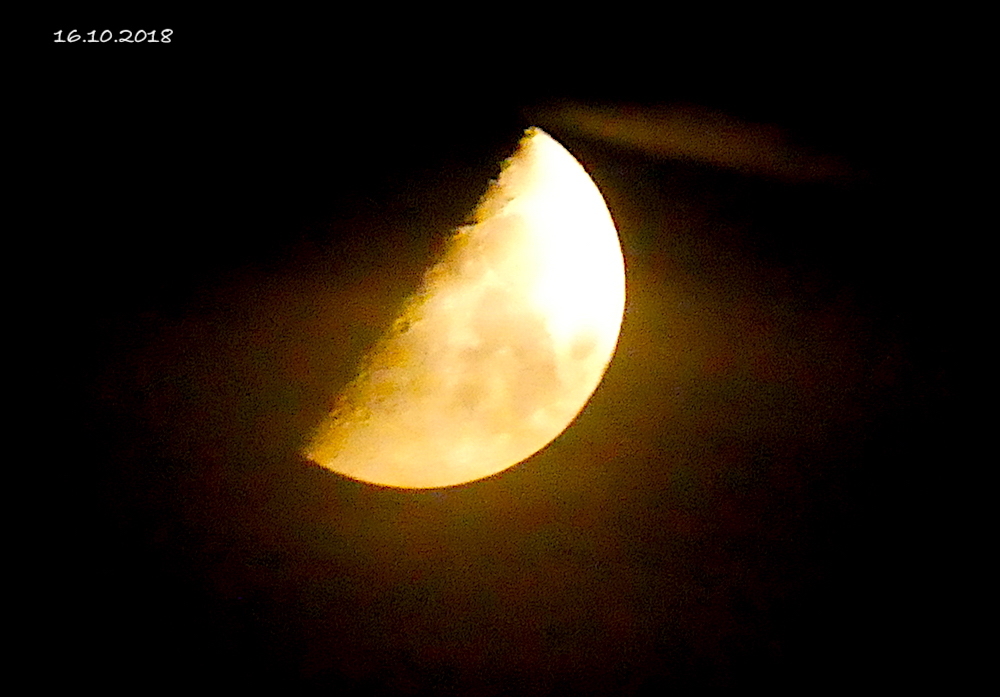
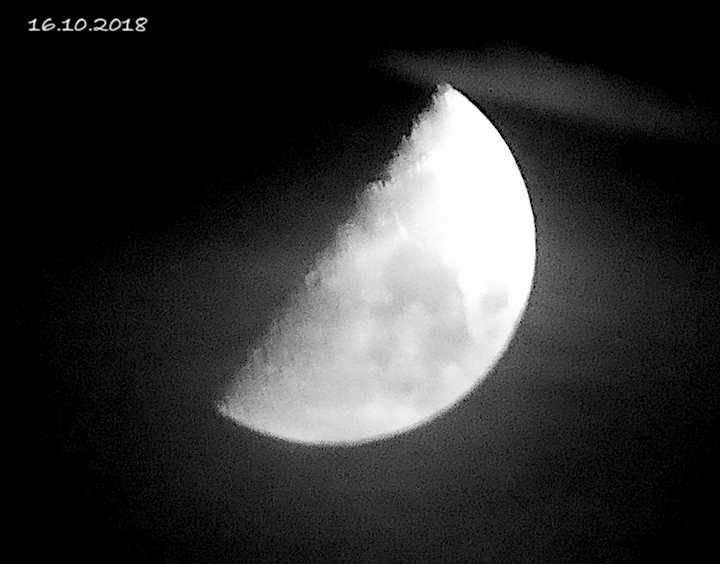
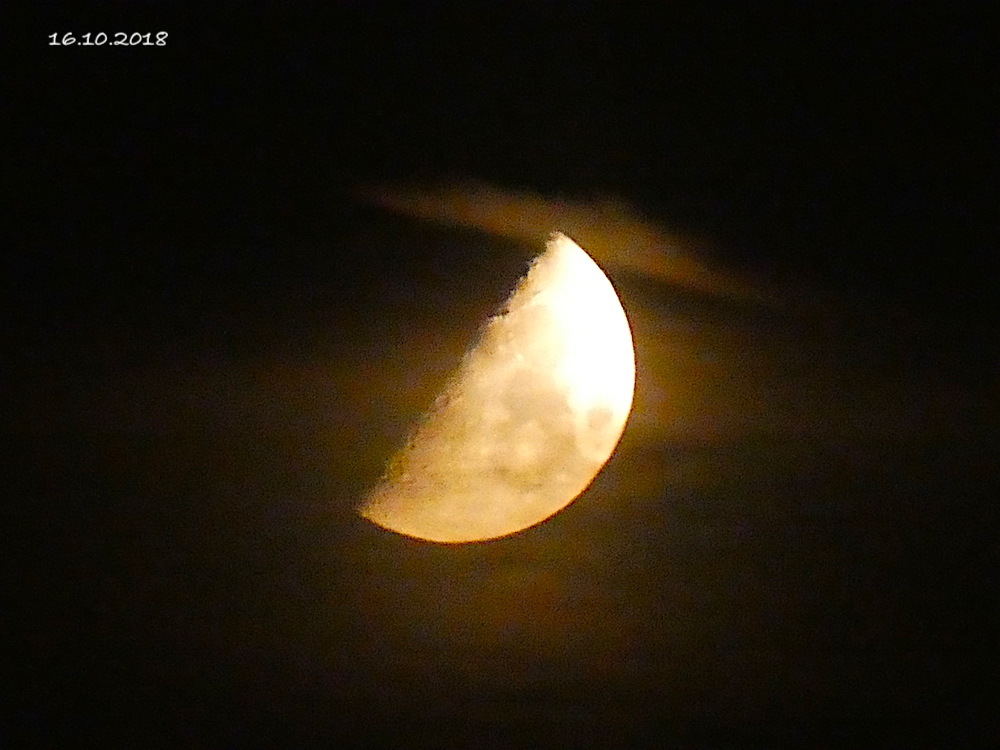
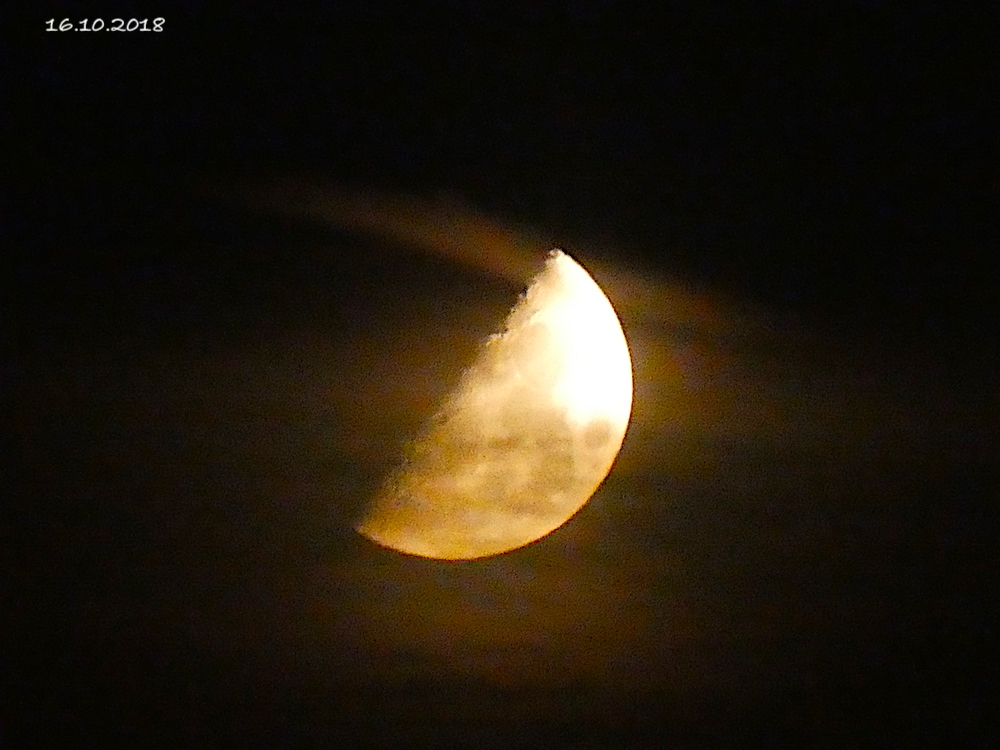
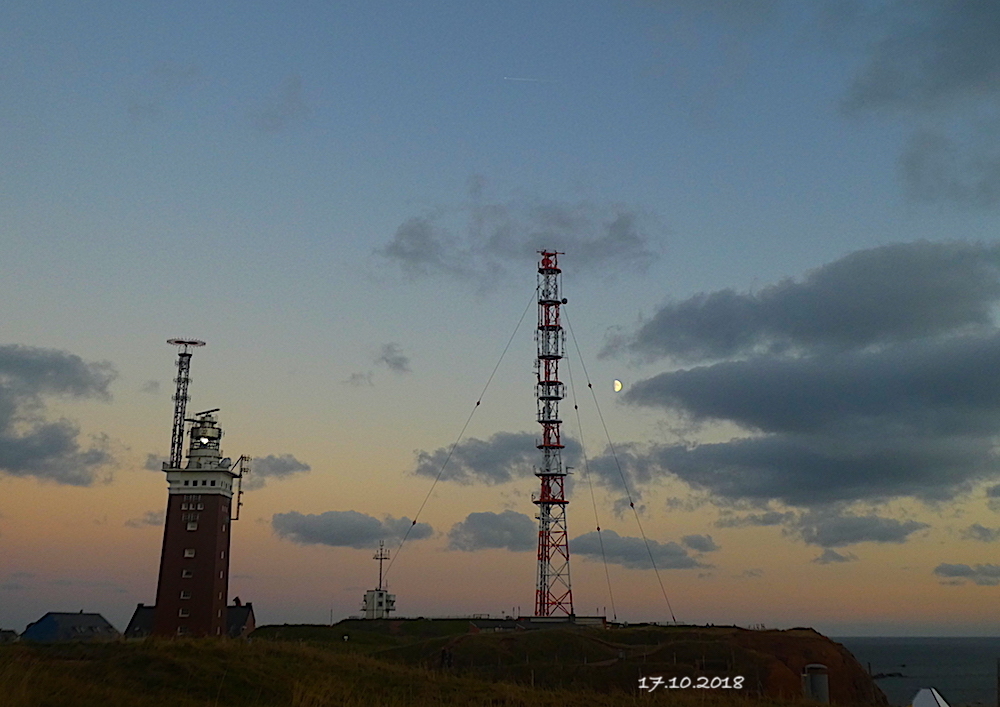
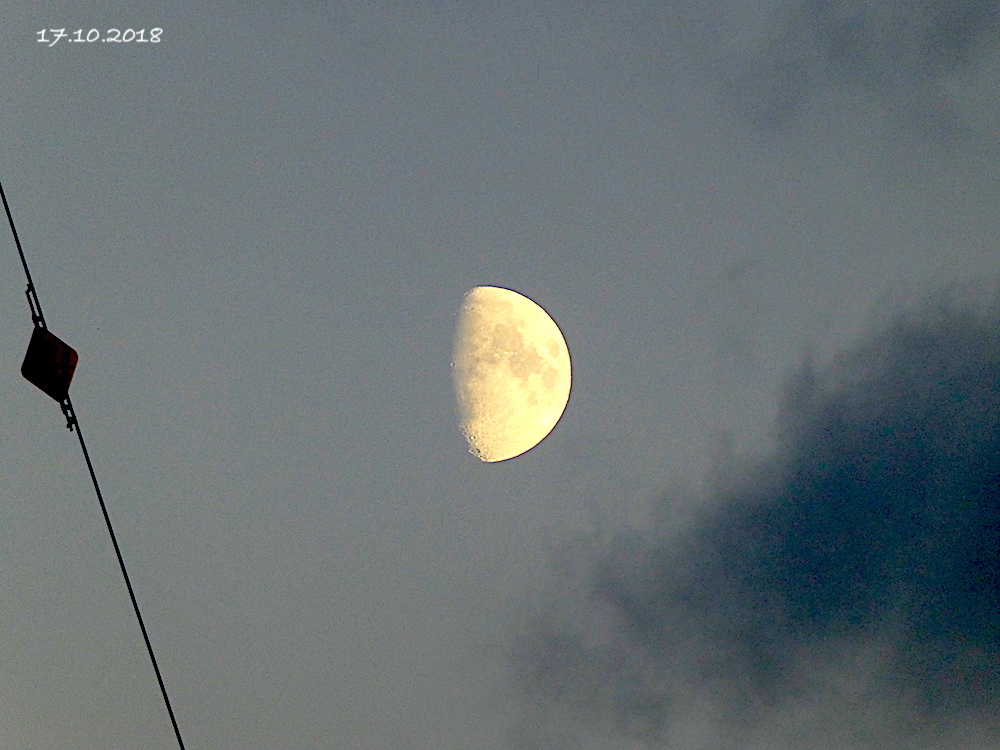
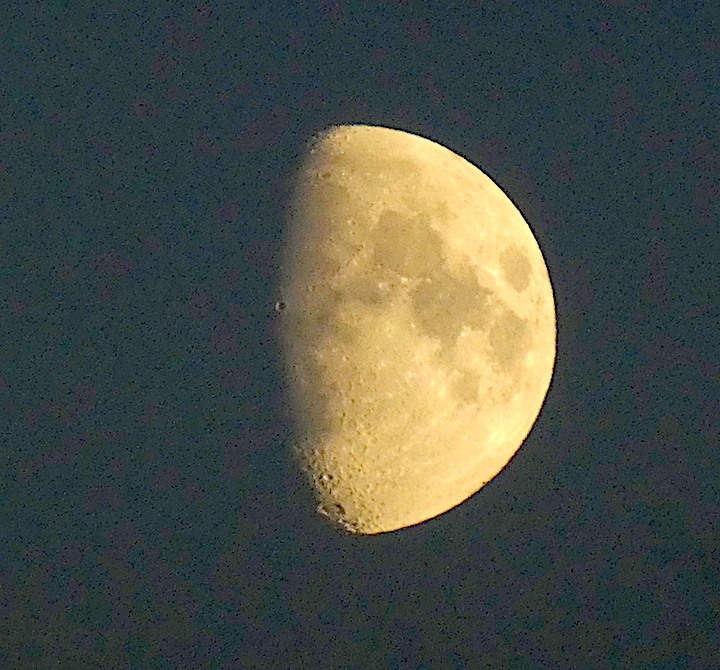
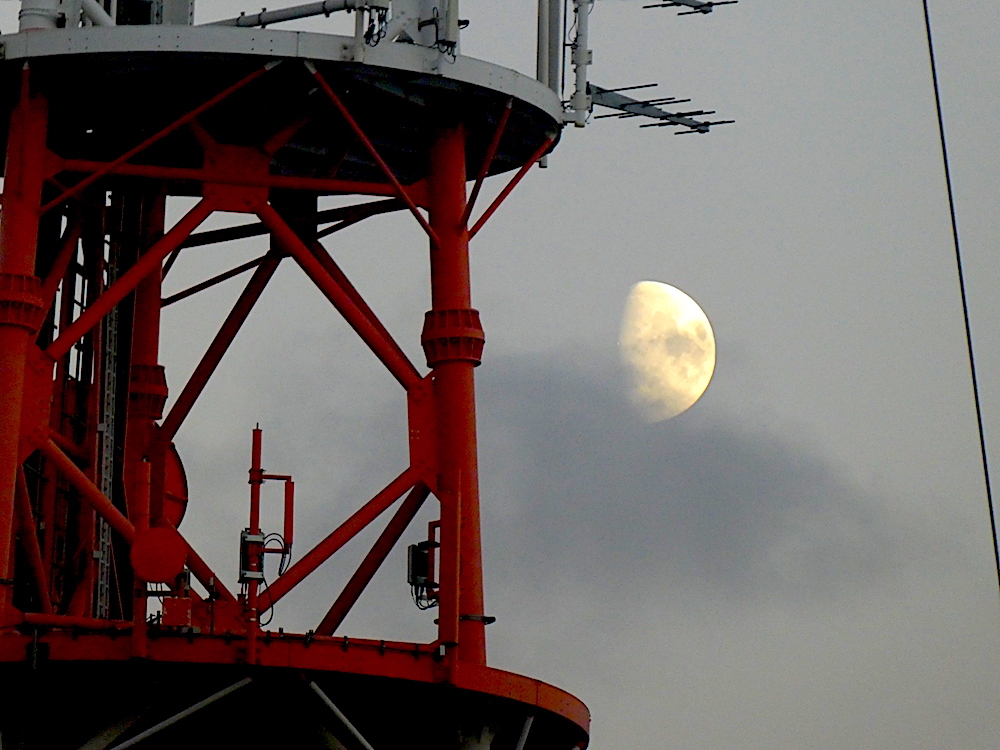
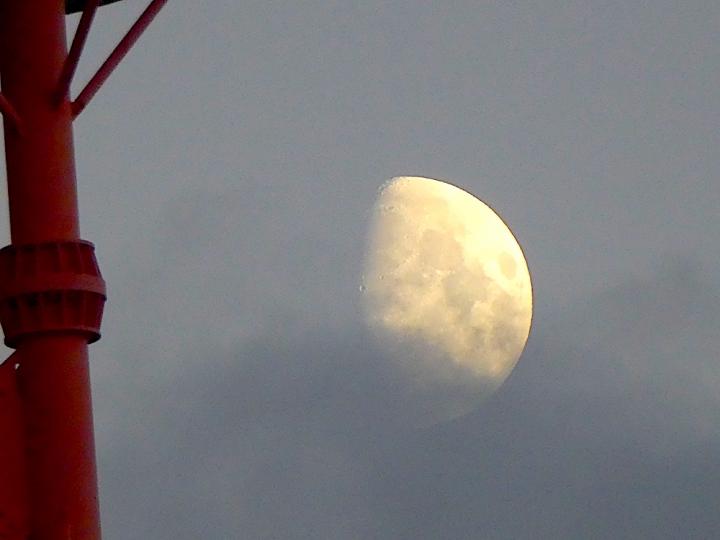
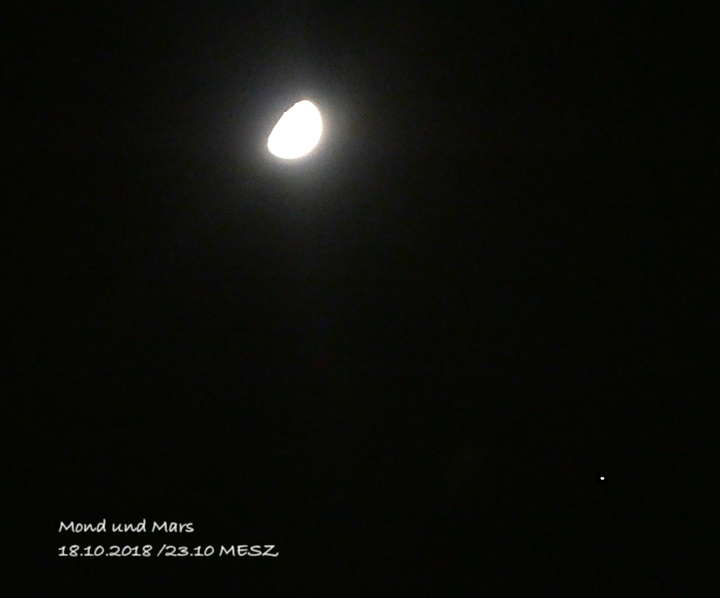
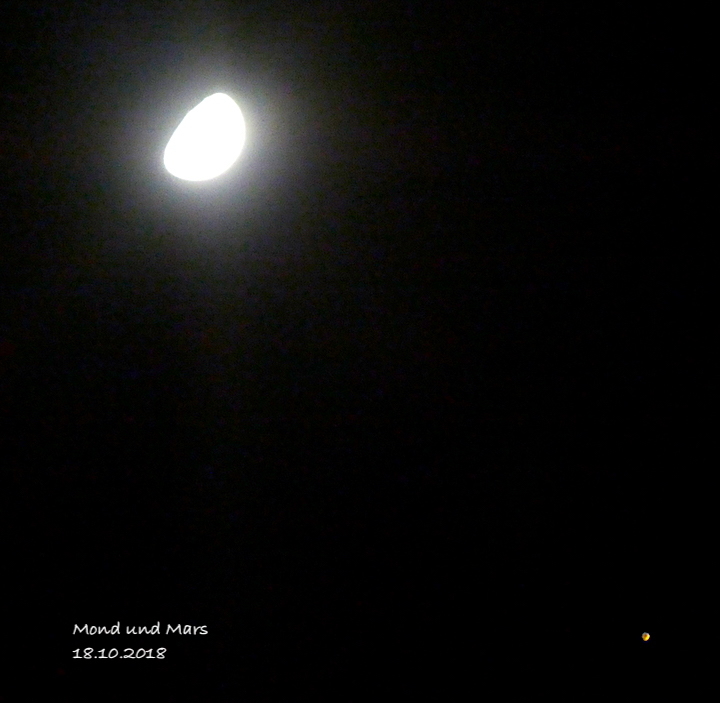
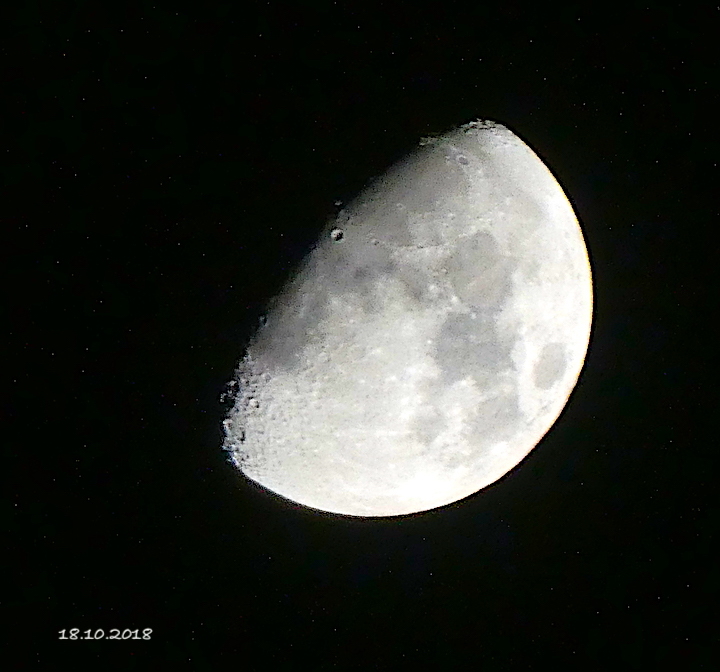
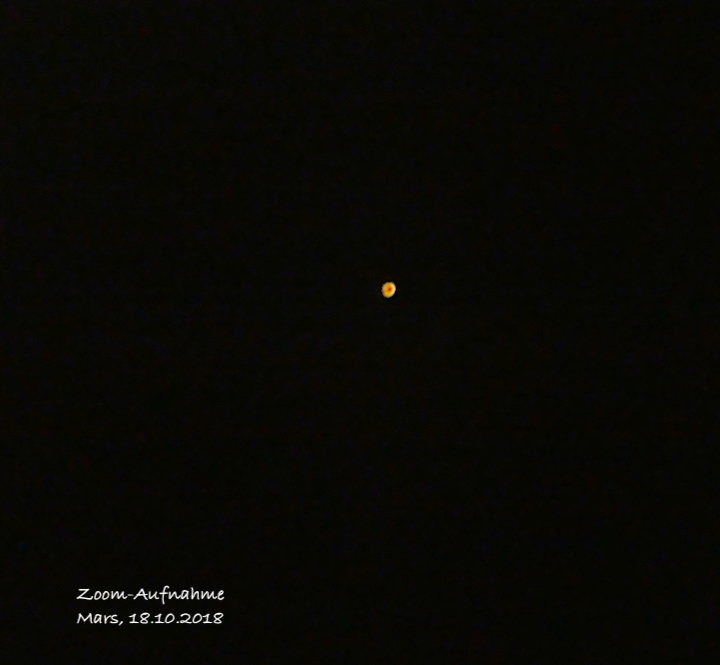
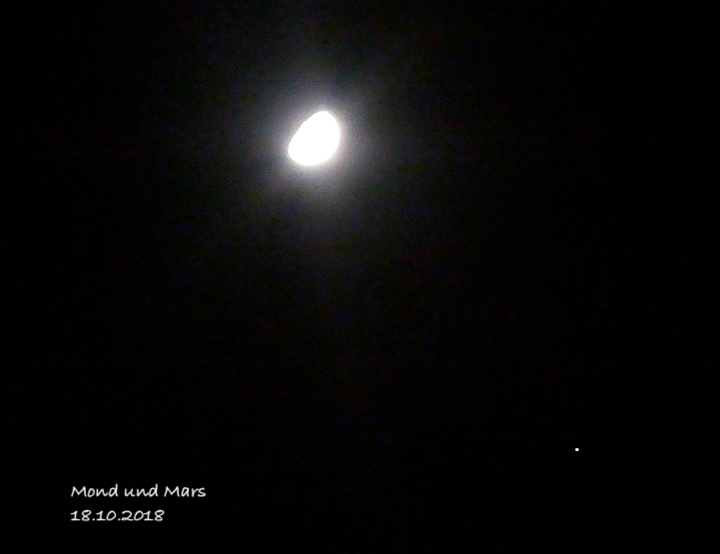
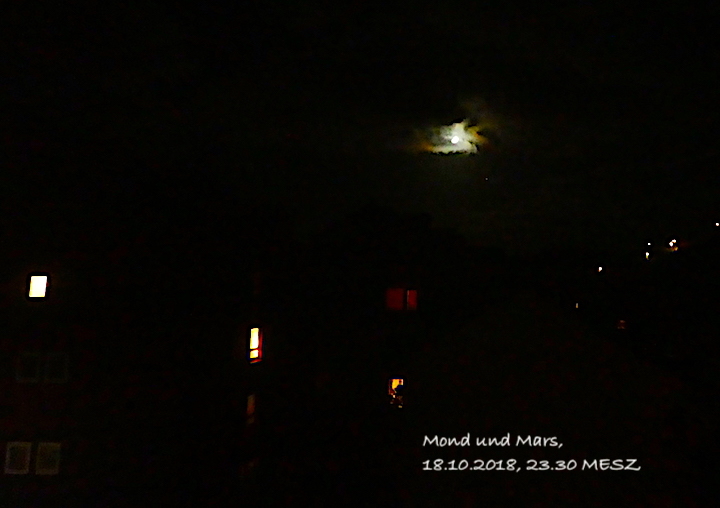
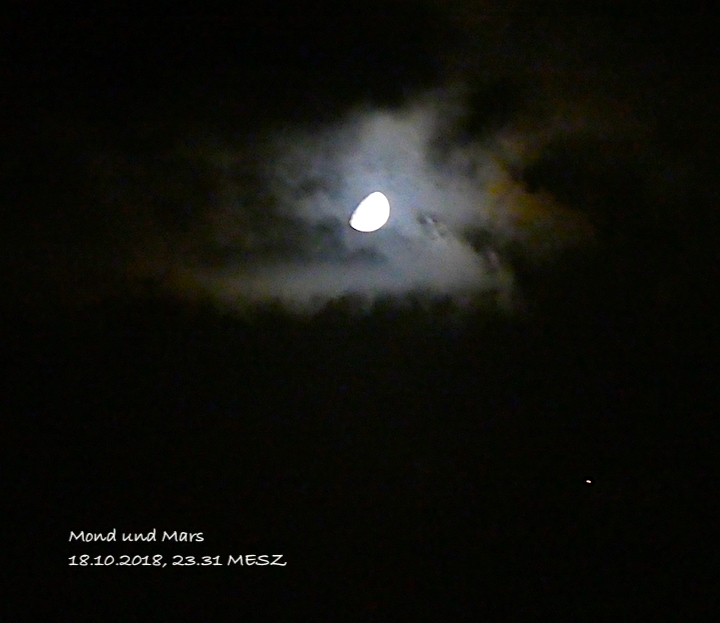
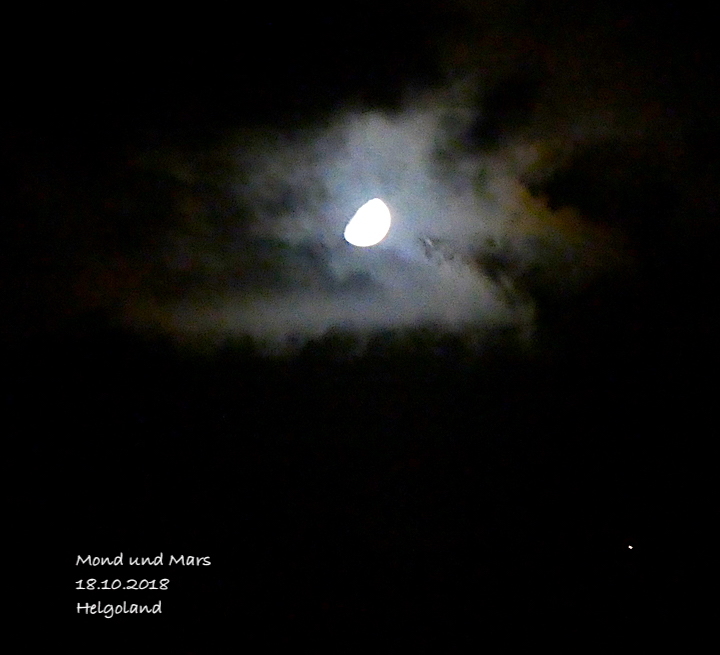
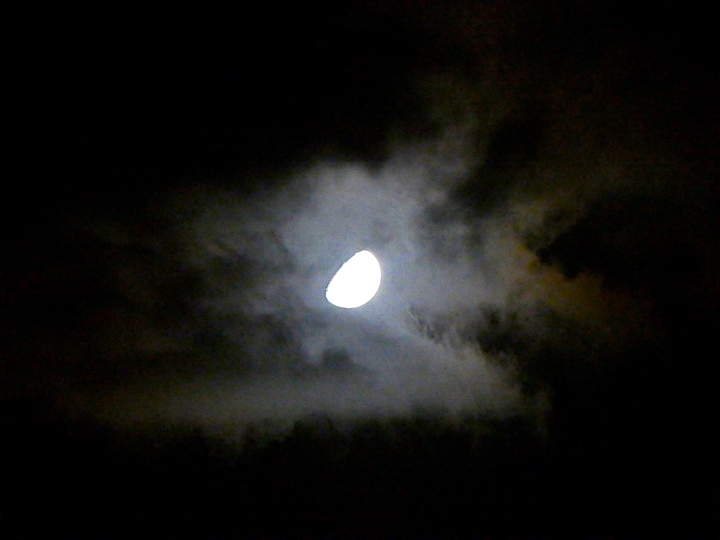
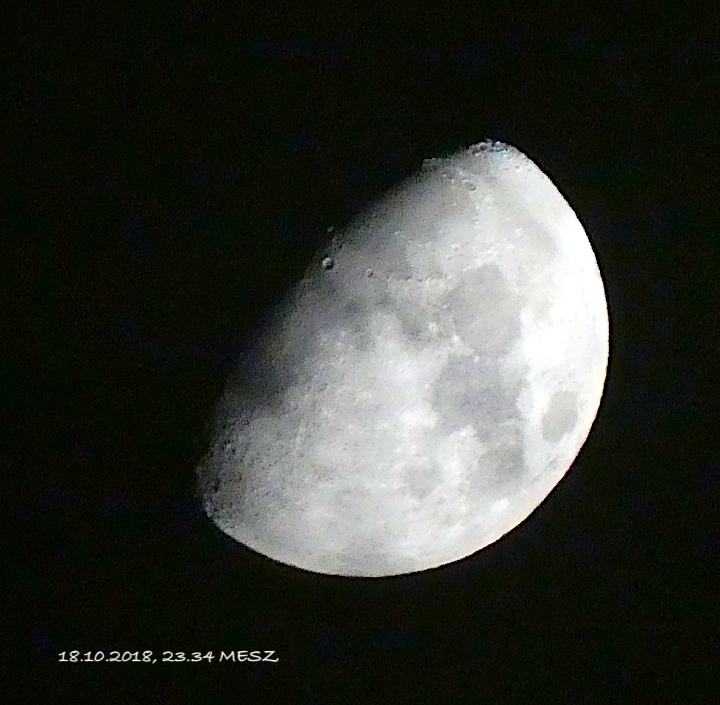
Aufgenommen über der Insel Helgoland, Fotos: ©-hjkc
+++
Here's How to Observe the Moon
International Observe the Moon Night is upon us! Join the worldwide celebration of lunar exploration and science on Oct. 20, 2018, by observing the Moon in all of its beautiful splendor. Every year since 2010, International Observe the Moon Night invites participants all over the world to come together, watch the Moon, and celebrate our nearest celestial neighbor.
The best part is, anybody can participate—all you have to do is look up!
Attend an Event
Hundreds of events are planned in all manner of places—from museums to backyards to brewing companies. Any astronomy club, interested group, or individual can host an event; events range from small family gatherings to community events that draw hundreds of visitors. Take a look at our map to search for an event near you—or, take the initiative and host your own event.
Many NASA centers are also hosting public events to celebrate International Observe the Moon Night, such as Wallops, Goddard, and Marshall. Come by to peek at the Moon with our telescopes, make Moon-themed crafts with your family, and hear personal stories from NASA employees about the Apollo moon landings. It was almost 50 years ago when the Apollo 8 astronauts became the first humans to enter lunar orbit on Dec. 24, 1968. The upcoming 50th anniversaries of NASA's Apollo missions present an opportunity to discuss lunar exploration and to celebrate all of the people who participated and shared in this human triumph.
Whether you attend an event, host your own, or just look up—we want to hear about it! Hear updates, share pictures and highlights from your event, and connect to fellow lunar enthusiasts around the world through @NASAMoon and #observethemoon on Twitter and the International Observe the Moon Night page on Facebook. You can also submit your photos to the International Observe the Moon Night 2018 page on Flickr.
Looking for Resources?
- Check out our International Observe the Moon Night crossword puzzles and Moon mazes;
- Our Night Sky Network offers a Skywatcher's Guide to the Moon, 3D printable models of Moon craters, and more;
- Explore an interactive map of missions to the Moon at moon.nasa.gov;
- And if you're looking for materials to promote your event, check out our collection of flyers, templates, and more.
Moon Facts
- The Moon is Earth’s satellite and orbits the Earth at a distance of about 384,000 km or 239,000 miles.
- The Moon makes a complete orbit around the Earth in 27 Earth days. The Moon keeps the same side or face, towards the Earth during its orbit.
- More than 100 spacecraft have been launched to explore the Moon. It is the only celestial body beyond Earth visited by human beings.
- Astronauts brought back a total of 842 pounds of lunar rocks and soil to Earth.
- The 50th anniversary of the Apollo 11 landing on the Moon will be next summer on July 20, 1969. Neil Armstrong was the first human to set foot on the Moon, followed by Buzz Aldrin.
Happy International Observe the Moon Night—make sure you look up and celebrate!
Quelle: NASA
+++
Aufnahmen vom 20.10.2018 über Helgoland:
.
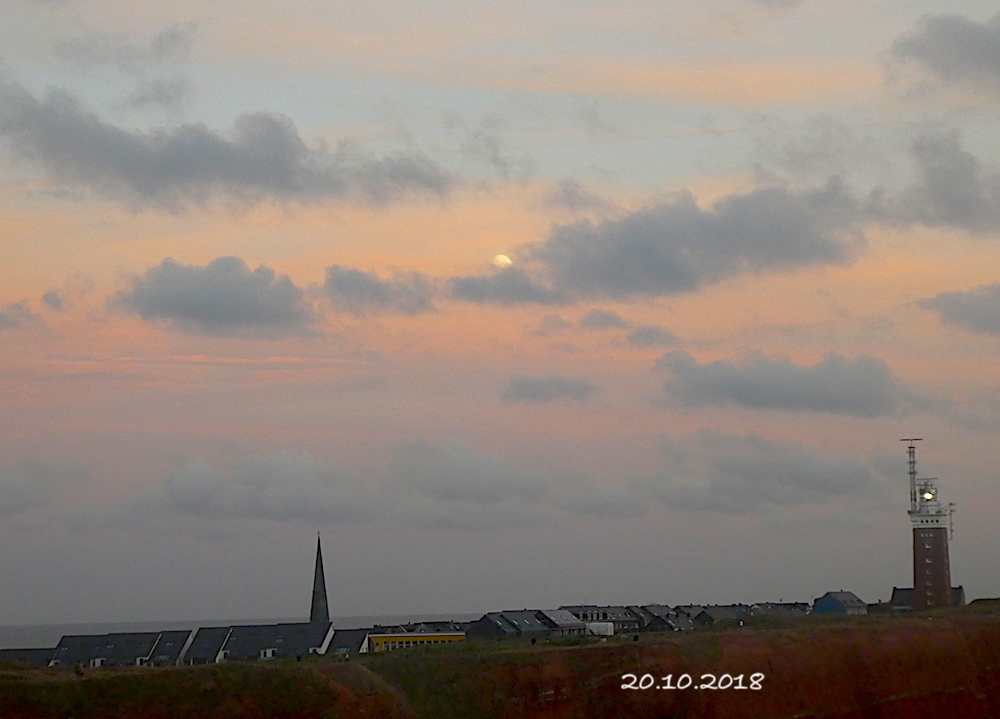
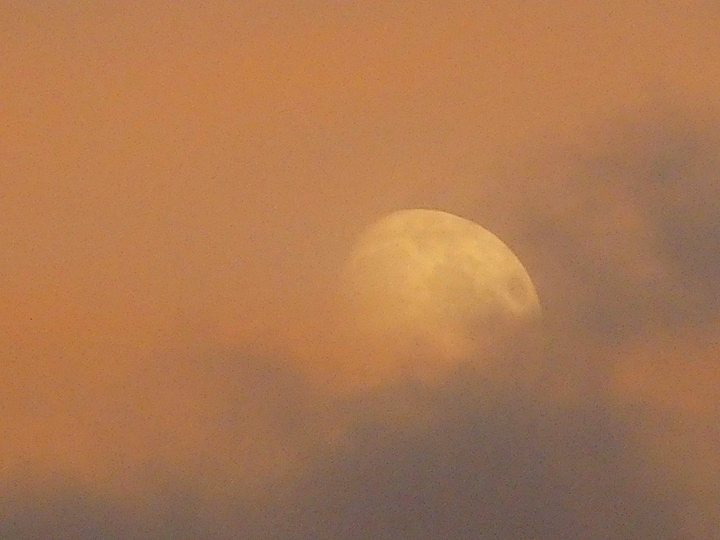
Mond in Nebelbank
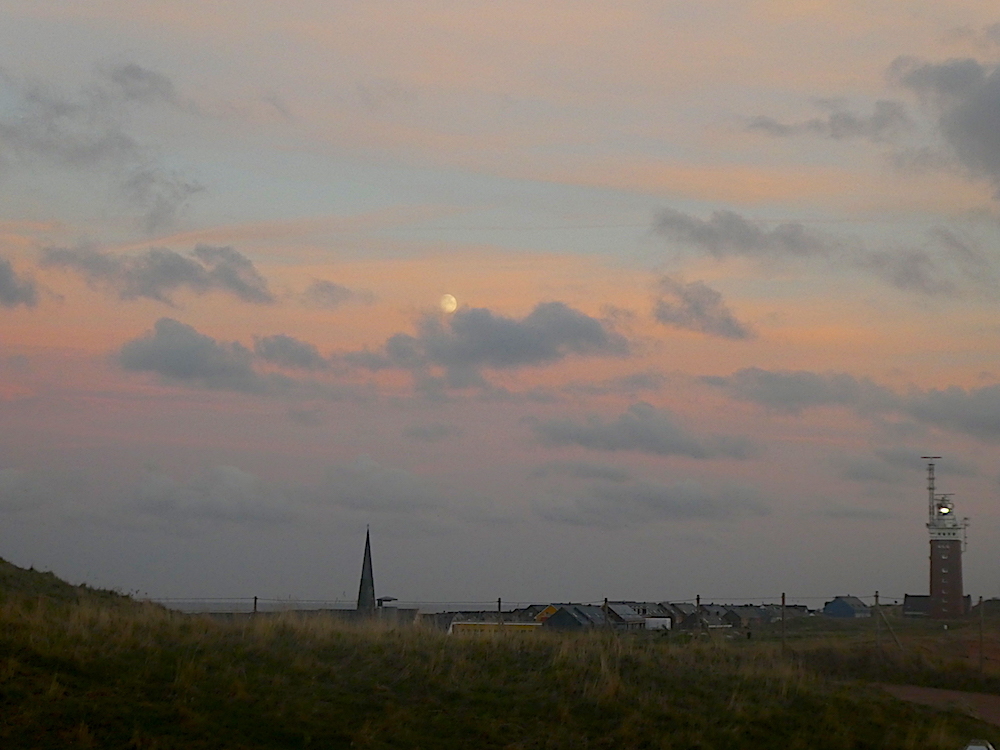
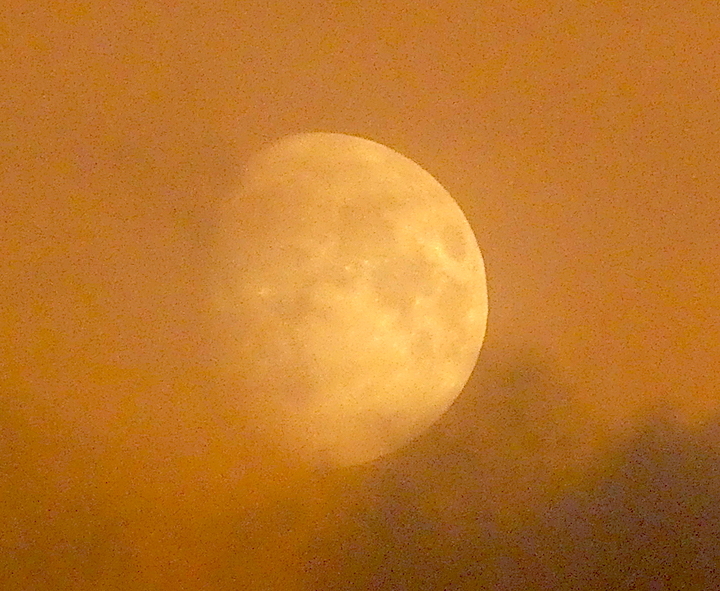
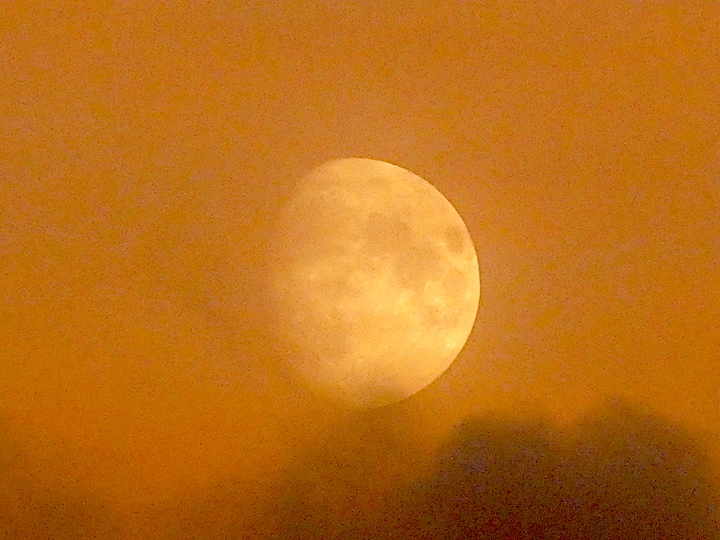
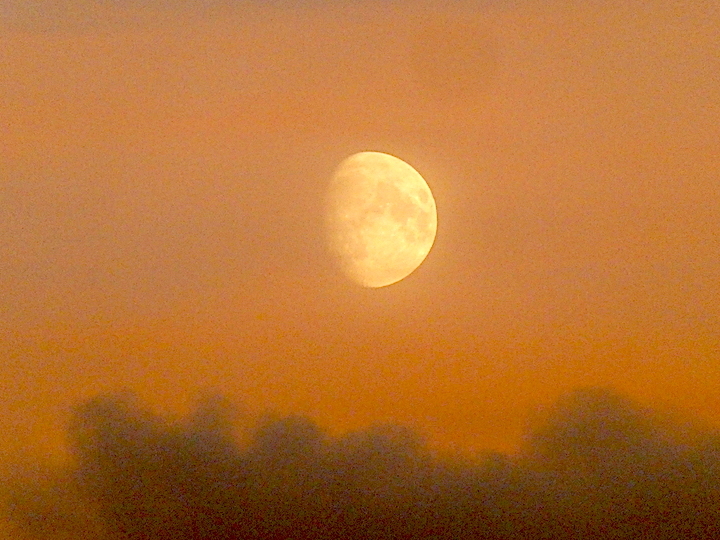
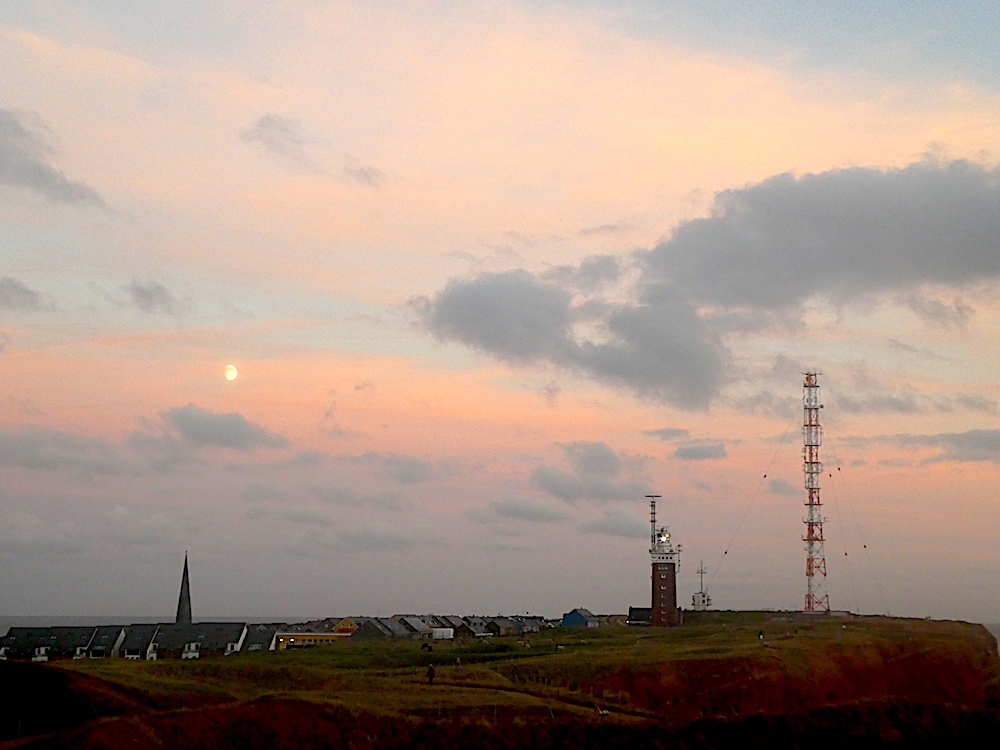
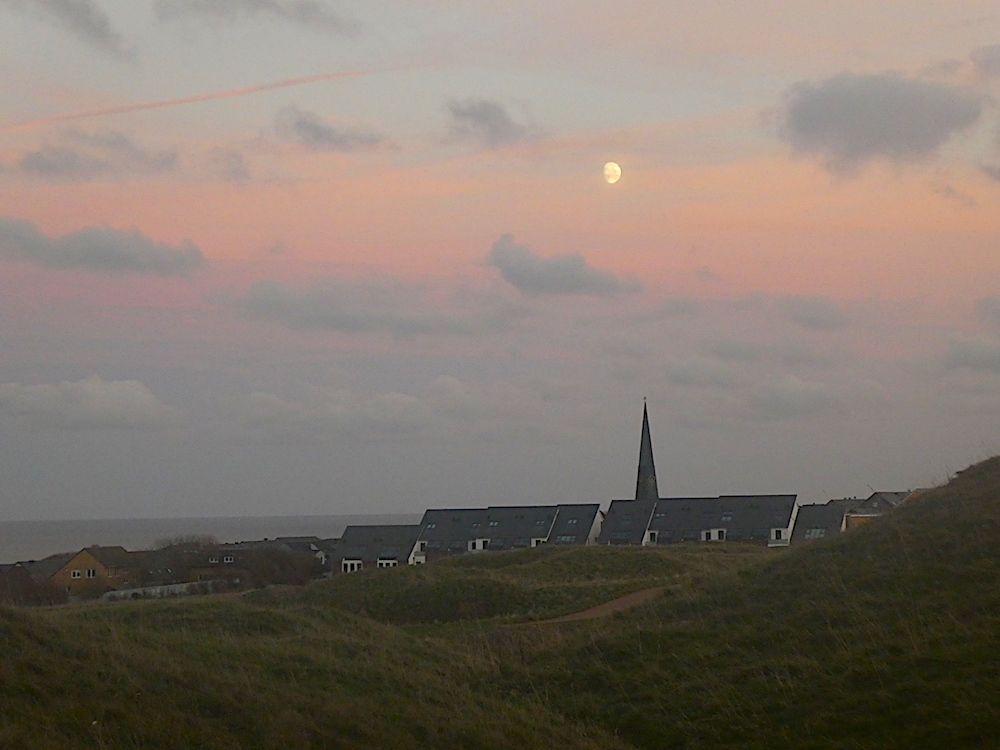
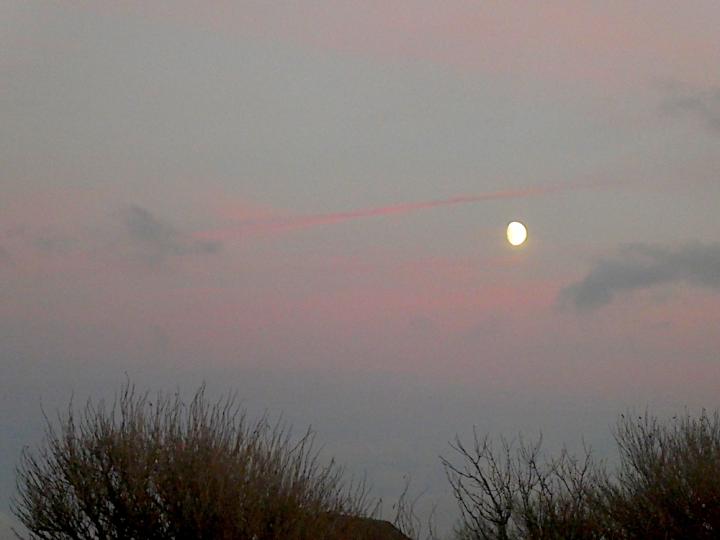
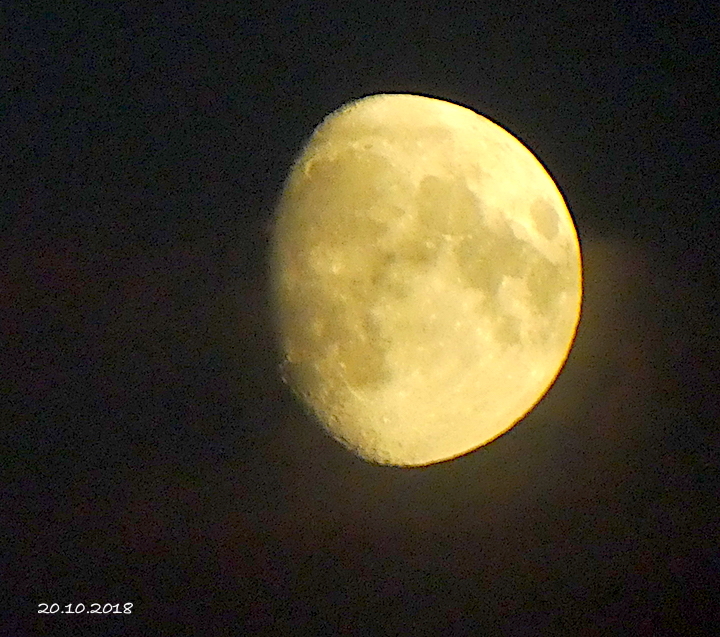
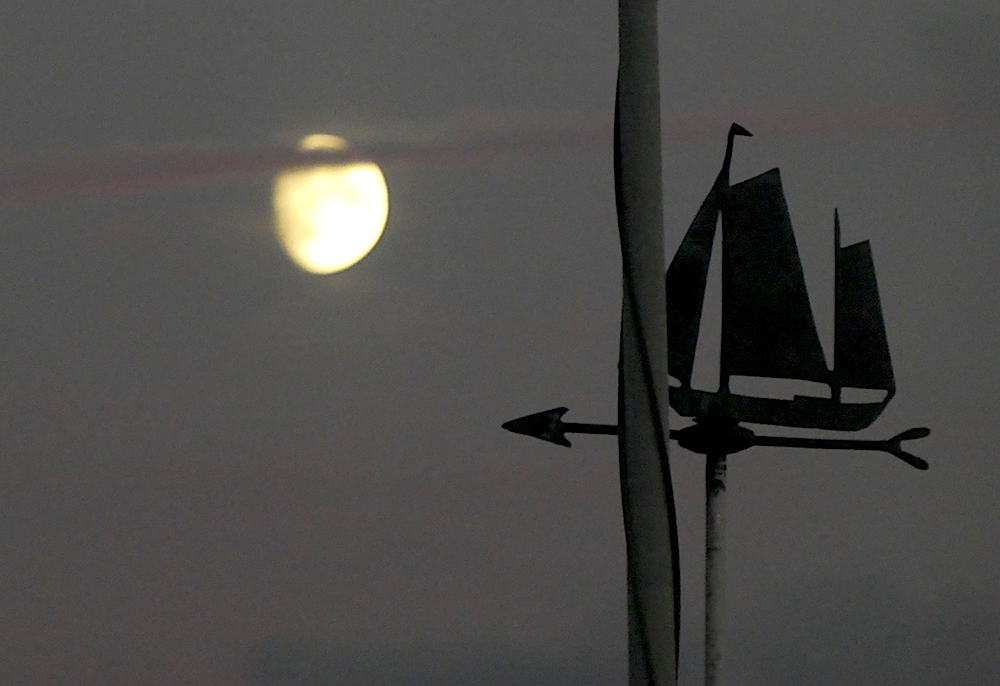
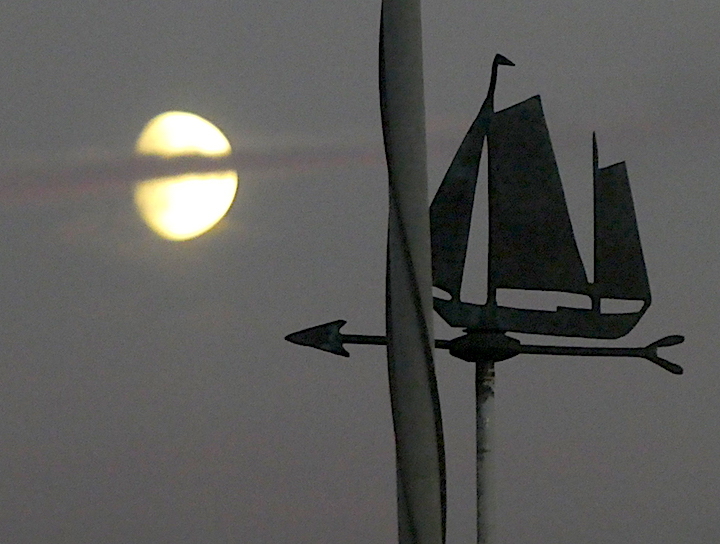
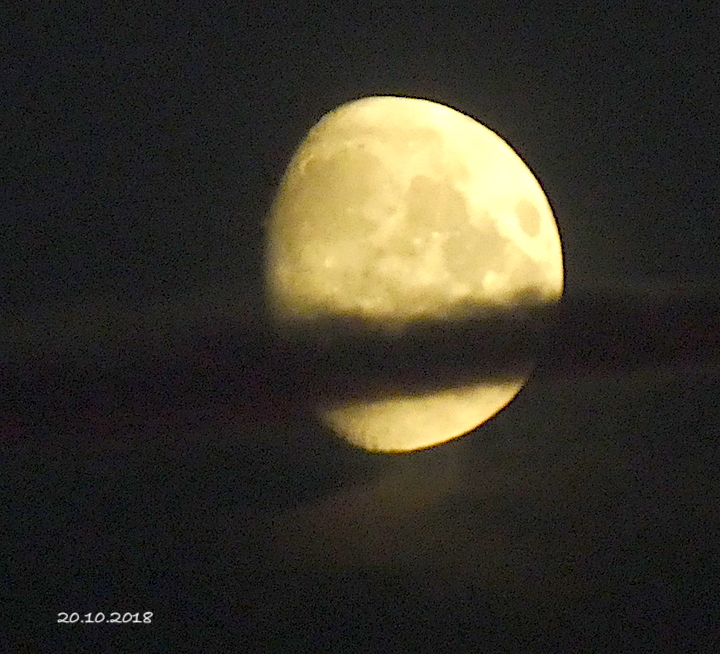
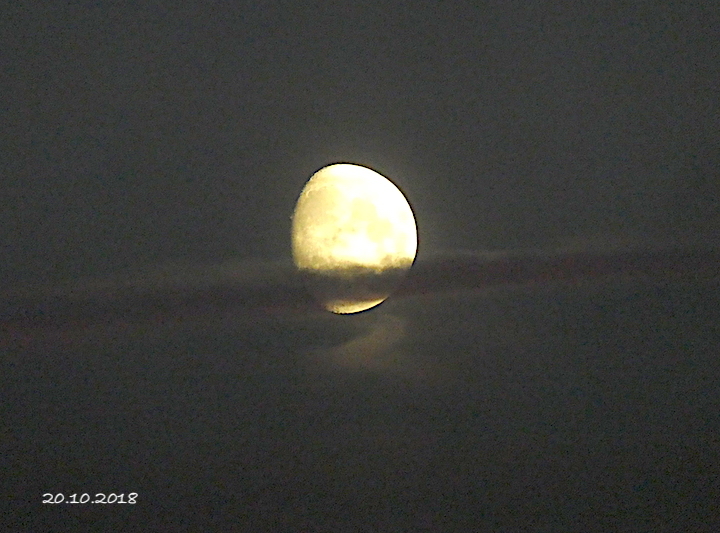
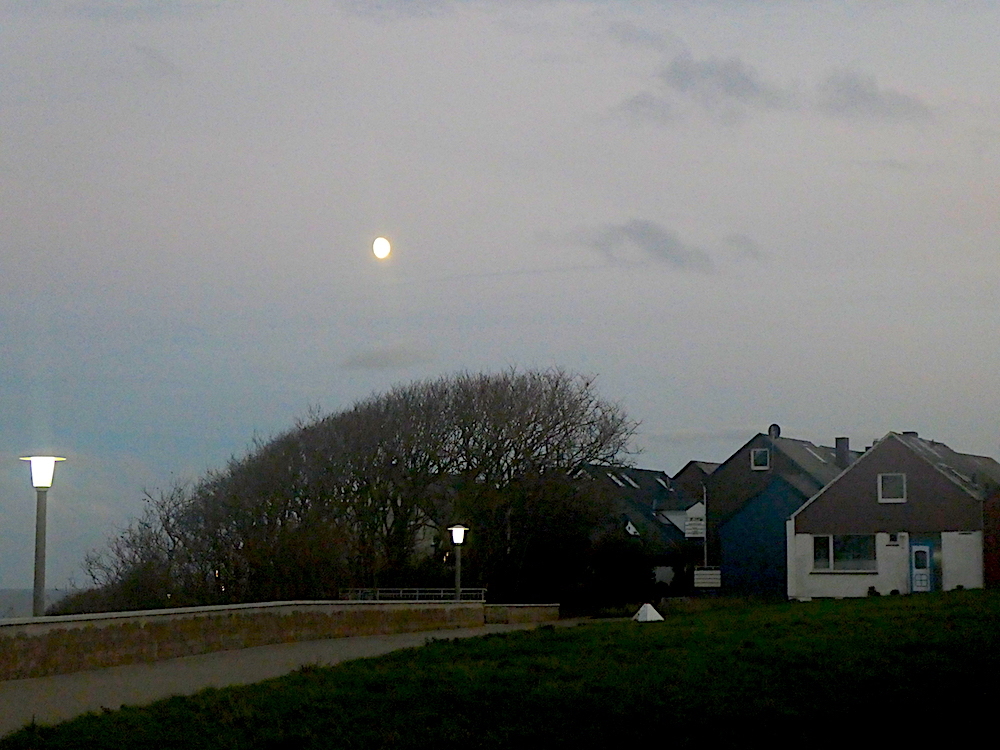
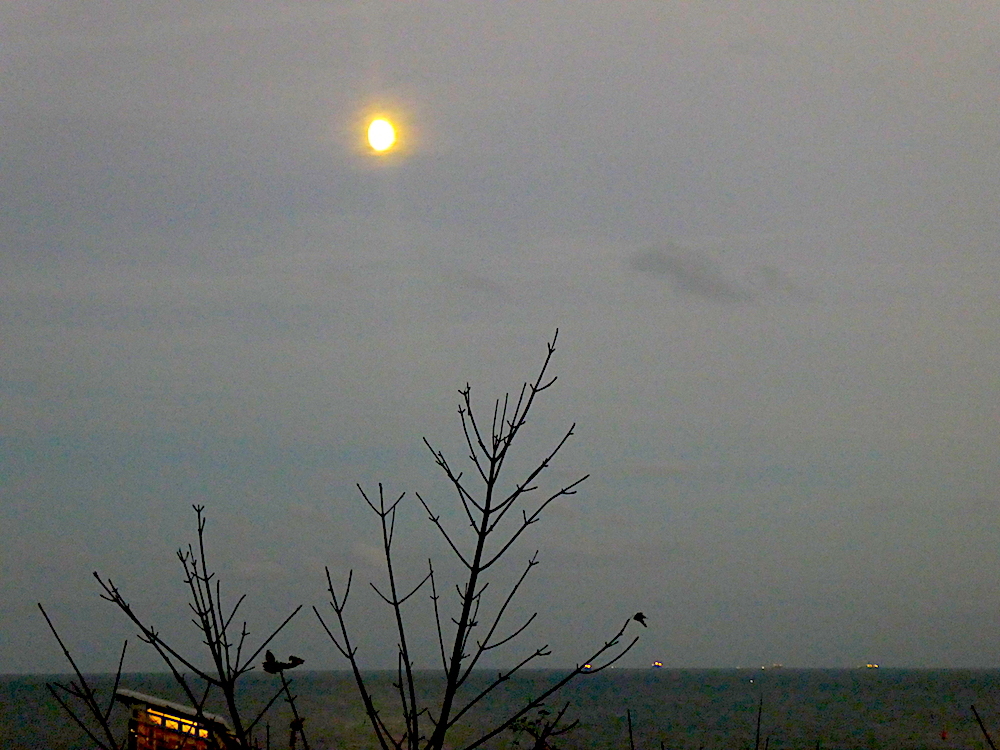
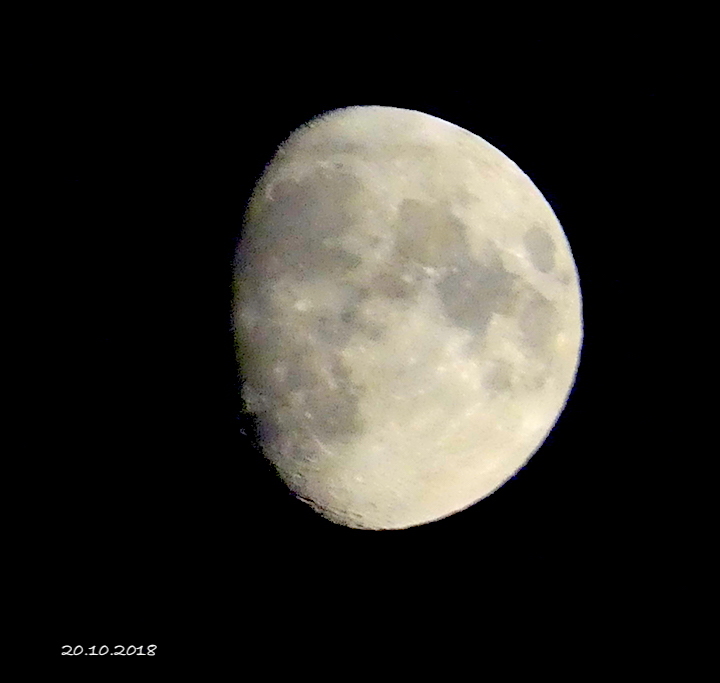
Fotos: ©-hjkc

